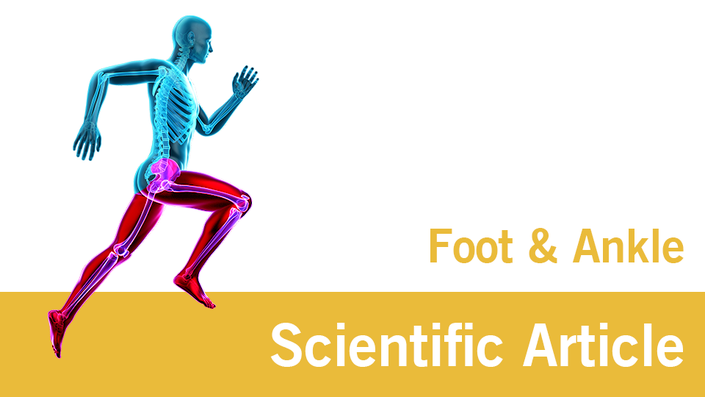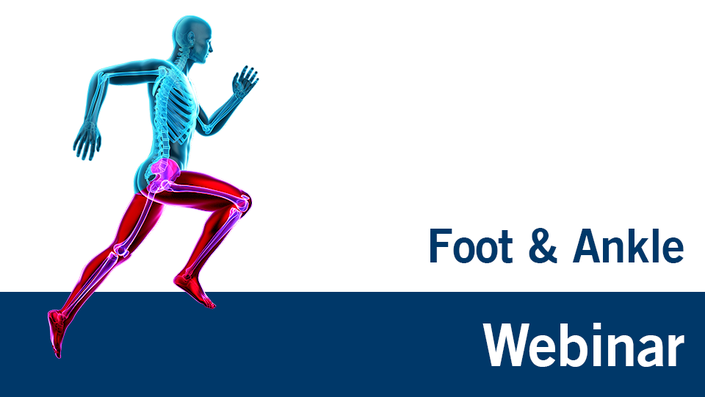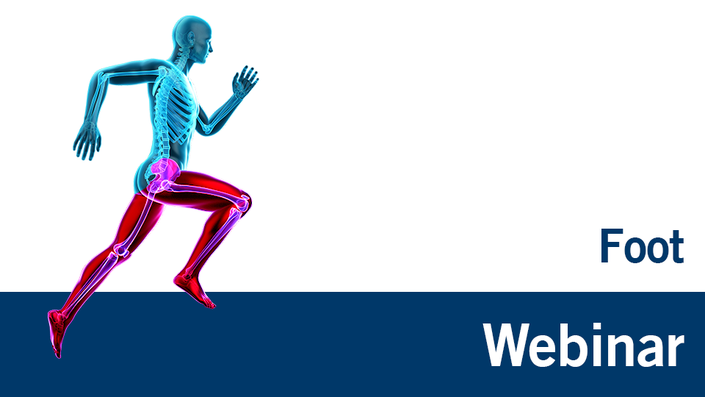About this Scientific Article
This article discusses Charcot-Marie-Tooth (CMT) disease, a genetic peripheral neuropathy that leads to progressive nerve degeneration affecting both motor and sensory functions. Among CMT patients, foot deformities like pes cavus are common, although some also develop progressive collapsing foot deformity (PCFD) due to muscle imbalance. The article explores conservative and surgical treatments, highlighting medial column arthrodesis as an option for severe deformities. A case study of CMT with atypical PCFD and medial column osteoarthritis is presented.






